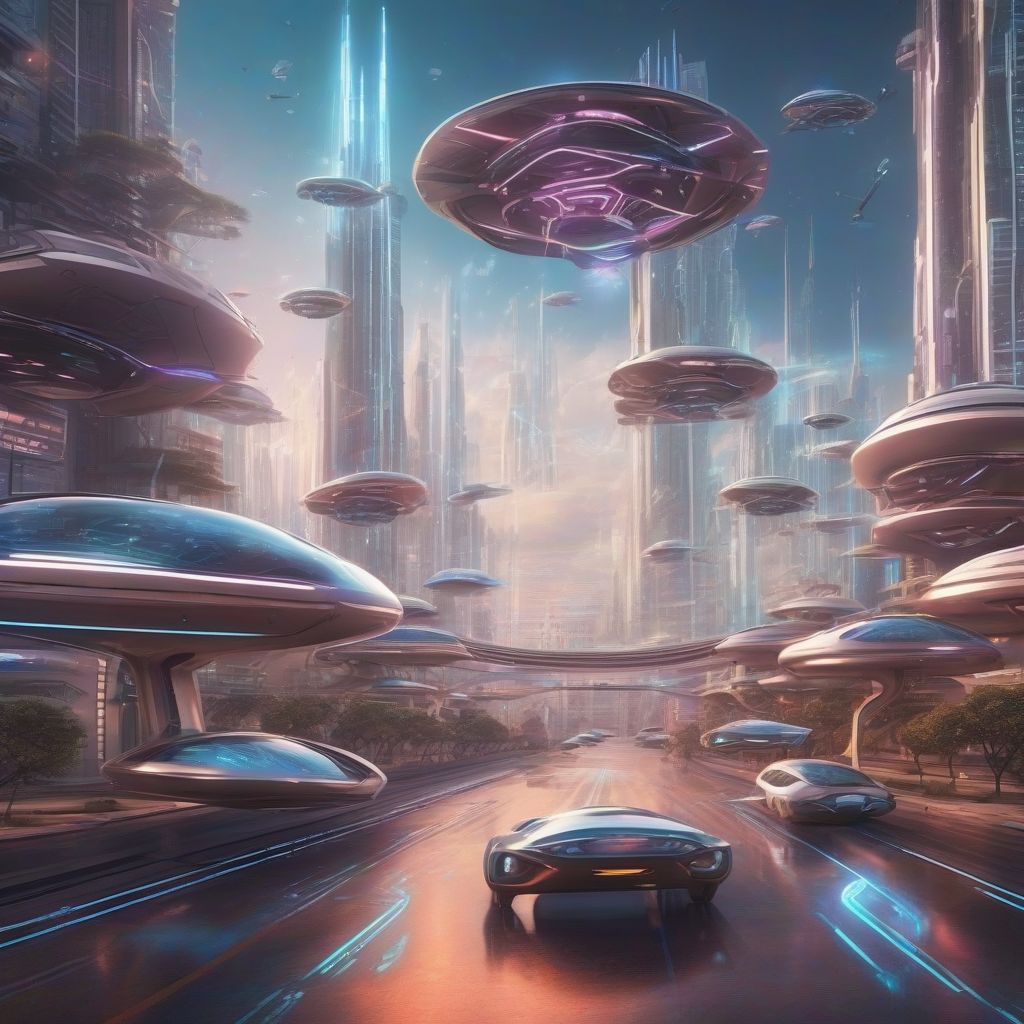Have you ever watched a science fiction film and thought, “Could that actually happen?” It’s a question that has captivated humanity for decades. From the fantastical worlds imagined in literature to the groundbreaking technologies depicted on screen, science fiction has always danced on the edge of possibility, often blurring the line between imagination and reality. This article delves into the fascinating intersection of science fiction and reality, exploring how these seemingly separate realms influence and inspire each other.
The Prophetic Power of Science Fiction
Science fiction often serves as a window into potential futures, exploring the implications of scientific advancements and societal shifts. It’s remarkable how often concepts once confined to the pages of science fiction novels become tangible realities.
From Page to Reality: Inventions Inspired by Science Fiction
Consider these groundbreaking examples:
- Video Calls: Long before Zoom meetings became ubiquitous, writers like Hugo Gernsback envisioned a future where people could see each other while speaking over long distances.
- Tablets and Smartphones: The idea of portable, handheld devices capable of accessing vast amounts of information was popularized in science fiction literature and television shows like “Star Trek.”
- Artificial Intelligence: From HAL 9000 to Samantha in “Her,” science fiction has long grappled with the potential benefits and ethical dilemmas of artificial intelligence, a field rapidly advancing today.
These are just a few examples of how science fiction has fueled innovation and sparked the imaginations of scientists and inventors.
 Science Fiction Technology
Science Fiction Technology
Science Fiction as a Mirror to Society
Beyond predicting future technologies, science fiction often holds a mirror to our present world, using fictional narratives to examine social issues, political systems, and the human condition.
Exploring Social and Ethical Dilemmas
Science fiction provides a safe space to explore complex questions, such as:
- The Impact of Technology: Works like “Black Mirror” and “Ex Machina” challenge us to consider the ethical implications of rapidly evolving technologies like artificial intelligence and social media.
- Environmental Concerns: Authors like Margaret Atwood (“The Handmaid’s Tale”) and Paolo Bacigalupi (“The Water Knife”) use dystopian settings to highlight the potential consequences of climate change and resource depletion.
- Social Justice and Equality: Science fiction often tackles issues of discrimination, prejudice, and the fight for equality, as seen in works like Octavia Butler’s “Parable of the Sower” and N.K. Jemisin’s “Broken Earth” trilogy.
By engaging with these themes, science fiction encourages critical thinking, sparks dialogue, and inspires us to create a more just and equitable world.
Bridging the Gap Between Imagination and Innovation
The intersection of science fiction and reality is a dynamic space where imagination fuels innovation, and scientific advancements, in turn, inspire new creative possibilities.
The Role of Science Fiction in STEM Education
Science fiction can be a powerful tool for engaging students in STEM (science, technology, engineering, and mathematics) fields.
- Inspiring Future Scientists and Engineers: By showcasing the wonders of science and technology in exciting and accessible ways, science fiction can ignite a passion for STEM subjects in young minds.
- Making Complex Concepts Relatable: Science fiction can make abstract scientific concepts more relatable and understandable by grounding them in compelling narratives.
Recognizing the educational potential of science fiction, many educators are incorporating it into their curriculum to foster creativity, problem-solving skills, and a love of learning.
[amazon bestseller=”Science Fiction”]
Conclusion: A Continuous Feedback Loop
The relationship between science fiction and reality is best described as a continuous feedback loop. Science fiction draws inspiration from the world around it, extrapolating from current trends and scientific understanding to imagine what might be. In turn, these imaginative leaps often spark real-world innovation, leading to the development of technologies and ideas once thought impossible. By embracing the boundless possibilities of science fiction, we open ourselves up to new ways of thinking, solving problems, and shaping the future.
What are your favorite examples of science fiction bleeding into reality? Share your thoughts in the comments below!
